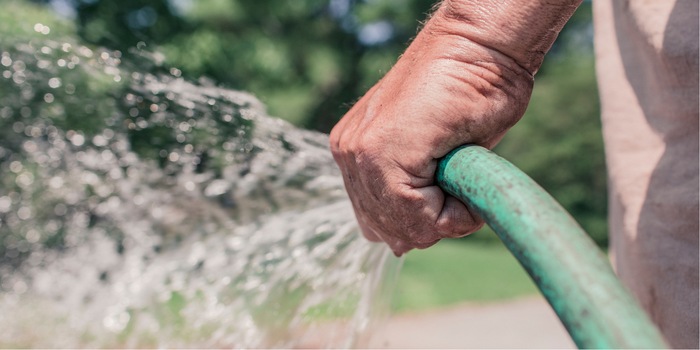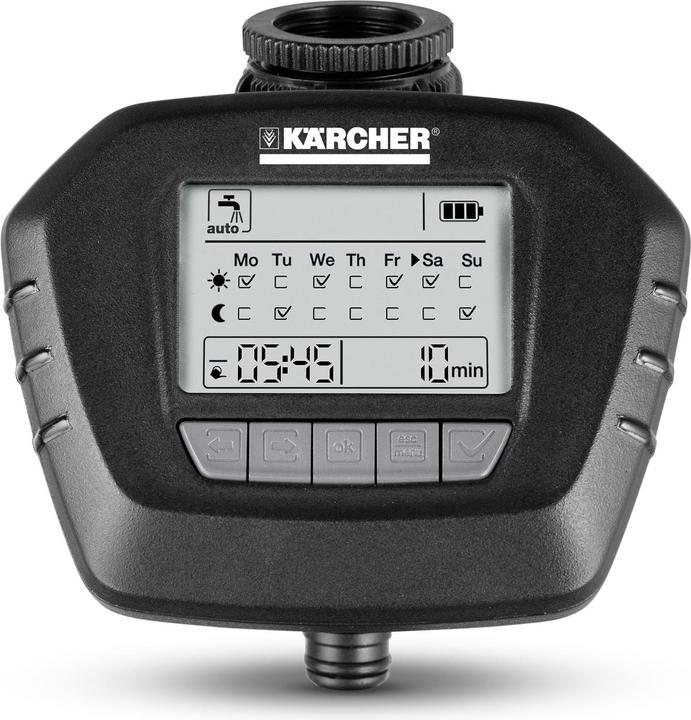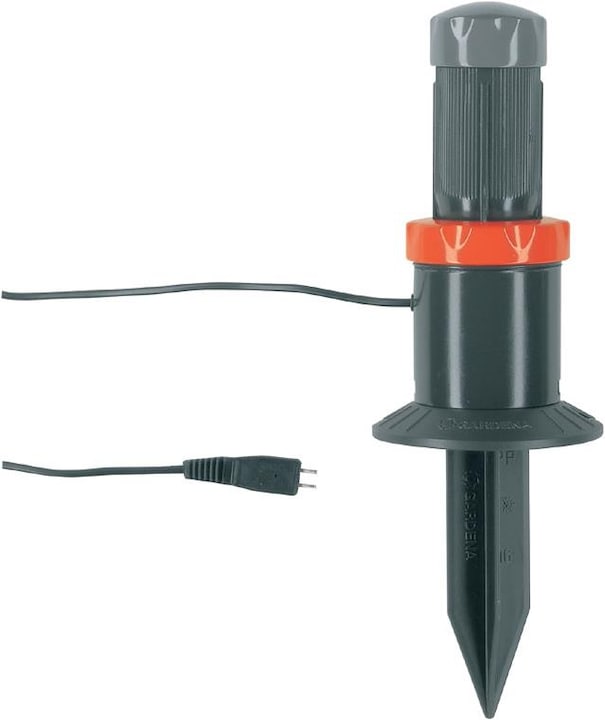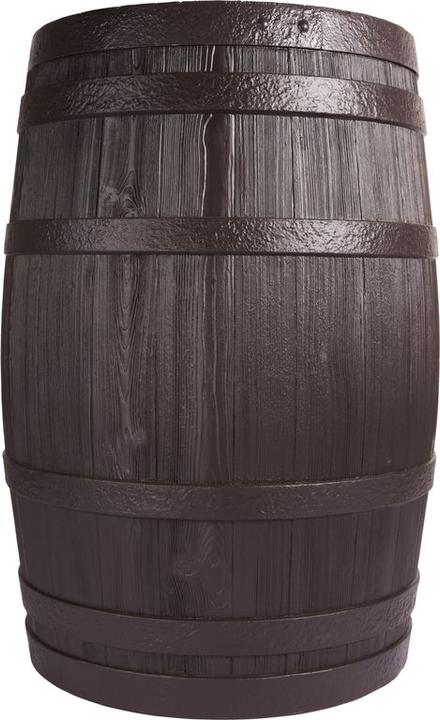

How to water your plants to save water
It's getting warmer and warmer. Not only are we getting thirstier, but so are our plants. Although it rains relatively often in our area, the timing cannot be planned. Additional watering is required. This can be reflected in the water bill. To help save money and the environment, we have put together a few tips for saving water in the garden.
Fresh water is a valuable commodity. Without water, there would be no life, as humans, animals and plants depend on it. In Switzerland, the daily per capita consumption of tap water is around 160 litres. These 160 litres are first-class drinking water, but only four litres of this is used to quench our thirst or for cooking. The majority seeps away in and around the house.
Now that the sun is shining more frequently and temperatures are rising, many people with gardens are worried about their plants and lawns. The fear that cherished flowers will dry out or the lawn will turn brown is there and not unfounded. Regular watering is necessary to keep the garden in good shape. However, there are a few tricks for saving (mains) water.
Tip 1: Water in the morning
If you water your plants in the early hours of the morning, very little water will evaporate. It also prepares them for the hot hours of sunshine. Even in the evening, when the sun has already set, only a little water evaporates and the plants can regenerate overnight. But watch out! During the cooler night hours, the leaves of your flowers and shrubs cannot dry properly, which attracts snails and fungal diseases.
Tip 2: Set up a rain barrel
Plants and the lawn do not need to be watered with tap water, on the contrary. Plants tolerate soft rainwater much better than our chalky tap water. Large tubs of all kinds are suitable for collecting water. To collect rainwater in a more targeted way, a simple pipe can be installed at the edge of the roof leading to the barrel.
Tip 3: Water infrequently but intensively
In order for your plant to survive longer periods of drought, it needs deep roots. This is the only way it can draw moisture from the deeper layers of soil. Watering often, but only superficially, prevents this from happening. The roots remain superficial and dry out. So only water plants when necessary, but water them thoroughly. The water should penetrate at least 15 cm deep into the soil.
Tip 4: Get to the root of the problem
If you only spray over the flowers and leaves with your watering can or hose, this will do the plant relatively little good. They mainly absorb water through their roots. If you water directly on the ground, less water evaporates and you avoid burning the plant leaves through a combination of water droplets and sunlight.
Tip 5: Don't mow the lawn too often
A short-mown lawn is less protected and burns faster. Longer blades of grass mean the ground is better shaded and therefore dries out less. But don't worry if your lawn turns yellow. That doesn't mean it's dead. Lawns recover relatively quickly with sufficient watering.
Tip 6: Mulching
By creating a mulch layer, i.e. covering the soil with unrotted organic materials such as compost or bark, the soil is protected. This prevents the sun from drying out the soil, which keeps the roots cool and moist for longer. A nice side effect: mulching slows down the growth of weeds.
Tip 7: Automatic watering
It pays to use automatic irrigation. Not only do you save yourself the tedious task of watering by hand, you also save water. Especially in combination with a moisture sensor. This means that only the parts of your garden that need it are watered. And you avoid watering your garden when it rains.
Water-saving products at Galaxus
My life in a nutshell? On a quest to broaden my horizon. I love discovering and learning new skills and I see a chance to experience something new in everything – be it travelling, reading, cooking, movies or DIY.
Practical solutions for everyday problems with technology, household hacks and much more.
Show all



